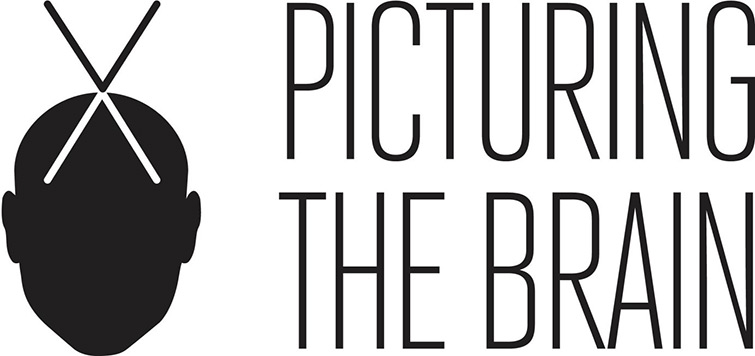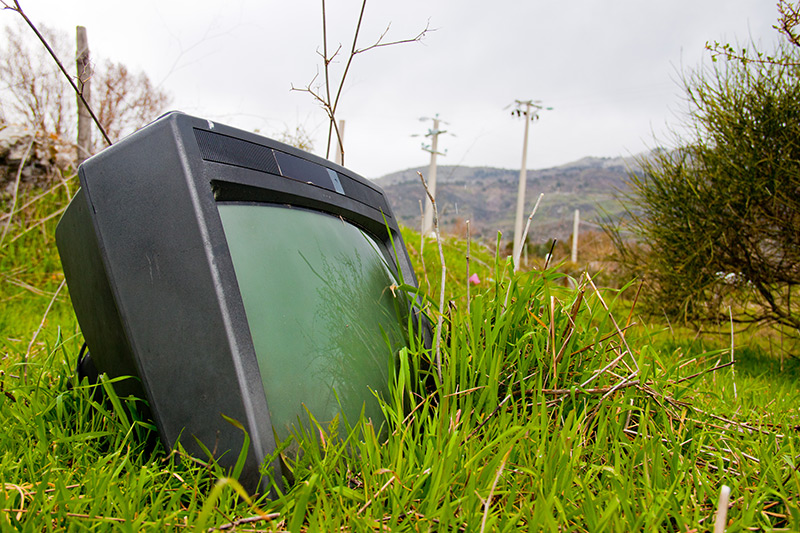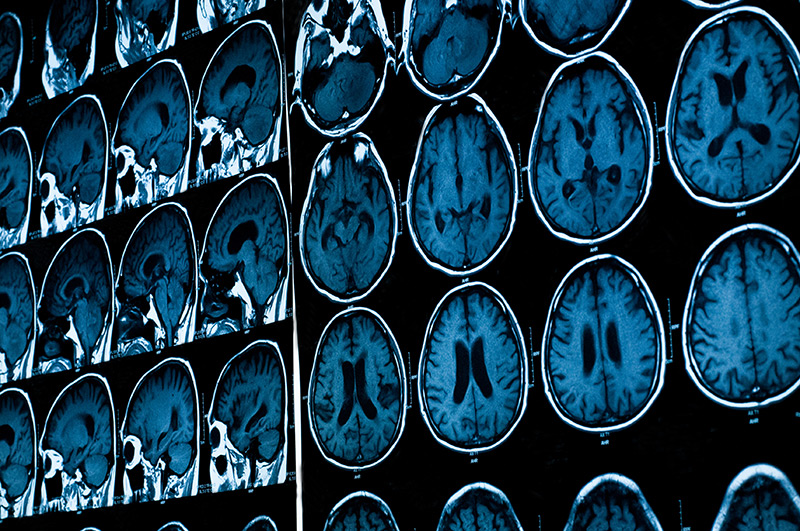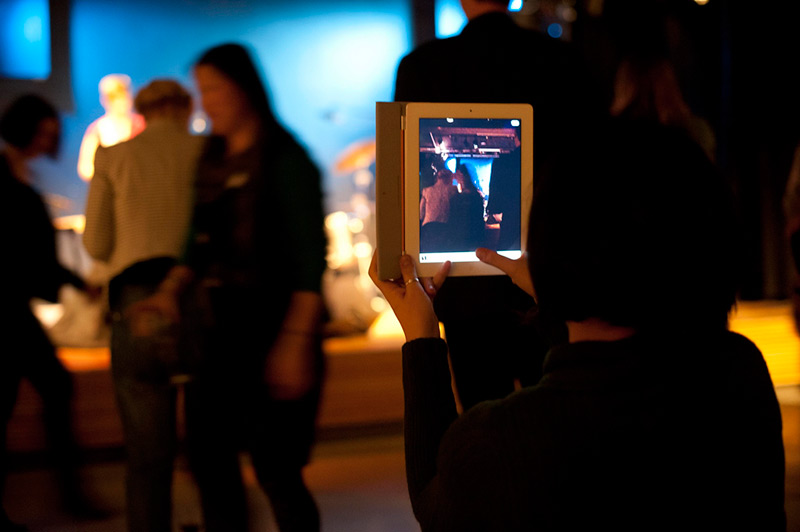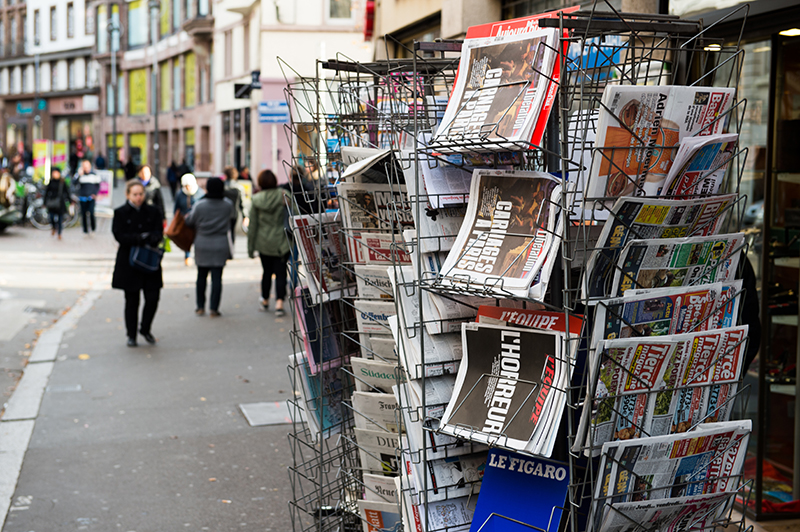Media acts all prosject
Digital humanities and visual culture Projects:
Digitization and Diversity: Potentials and Challenges for Diversity in the Culture and Media Sector (2015-2019)
In this interdisciplinary research project we examine the impact of public and private digitization initiatives on diversity. Diversity is a key objective in culture and media policy documents and securing a public infrastructure is a primary task. New digital conditions for production, distribution and consumption imply new challenges for policy making and public funding. This research project will contribute to the production of knowledge of relevance for a new digital culture and media policy.
The Digitization and Diversity project divides its attention across four industries: the library and book sector (e-books), museums (digital collections), film (digital cinema and movie files), and the press, especially local newspapers (e-papers). Focusing on the interaction between public and private actors, the research addresses content production, user patterns of digital consumption, private and public distribution and dissemination channels, as well as the new technological production conditions relating to interfaces, software (algorithms) and new methods of analysis (Big Data).
The overarching objective of the project is to determine how digitization influences different diversity dimensions in the culture and media sector. We explore this topic through the following set of research questions:
- What are the unintended consequences of digitization on diversity in the selected industries and in culture and media policy?
- How does the heterogeneous population use the new private and public digital services?
- How does digitization change the conditions of diversity within the cultural heritage sector when it comes to selection, dissemination, participation, and the use of digital tools for the big data analysis?
- How do digital innovation, business models and distribution channels influence the quality of the culture and media content, as well as the diversity of the content being offered?
The research project, which is financed by the Research Council of Norway, KULMEDIA program, is a collaboration between the Norwegian Business School (BI), the Norwegian University of Science and Technology (NTNU), the National Library of Norway and the University of Copenhagen.
Participants from the Media Acts Research Group: Nina Lager Vestberg, Aud Sissel Hoel, and Anne Ogundipe (PhD student).
What we talk about when we talk about film (on SOME)
Digitalisation has changed public conversation about cinema, both in terms of how, where and when we talk about films. Websites such as Rotten Tomatoes, Metacritic, and IMDb, and web services such as Twitter, have taken the place of traditional film reviewers in journals and newspapers. Digital criticism has been regarded as a democratisation of film reviewing that opens reviewing up for counterpublics, but we have also seen a tendency toward critical attention being limited to fewer works, for instance, more focus on American television series. On social media, Twitter has become a particularly important forum for conversations about cinema, and a forum shared by critics, film festivals, distributors and fans alike. By analysing the new set of critical discourses about film, and the way films are being talked about within these discourses, this project adds another aspect to the research group’s interest in the perspective of Digital Humanities.
Project participant: Anne Gjelsvik
Data visualisations as formations of information
What kinds of metaphorical strategies are found in visualization practices? Central to this project is a comparative study of the tropes found in analogue and digital visualisations of demographic information.
Traditionally, the main purpose of visualizations have been to illustrate a written text, understood as shedding light over the presented matter, through diagrams, graphical charts and isotypes (Manovich 2002, 2010, 2013, Tufte 1990, 1997). The art of visualizing has followed a set of conventions, developed over time. The main purpose of digital visualisations is still to inform and to explain, but it seems also that with visualisations of ‘big data’ it has been a growing consciousness about the potential for generation of knowledge related to visualizations, as well as a focus on the beauty and aesthetics of visualizations as such. Several recent studies of data visualizations have been oriented towards mapping the patterns of the new types of visualizations (Lima 2011, McCandless 2009), with a particular focus on the beauty of the complex visual expressions. Some studies are focussing on how data visualization generates knowledge parallell to the written discourse (e.g. MCCosker & Wilken 2014), but not many have yet been oriented towards the study of tropes of data visualization from the perspective of our visual mind sets and the way we use tropes to make information more cognitive comprehensible.
Informed by the theories of Lakoff and Johnson on how we relate to and engage with metaphors in our everyday life (and through our everyday language), presented in The Metaphors We Live By (1980), I will analyse occurrences of metaphorical strategies found in visualization practices. Central to this project is a comparative study of the tropes found in analogue visualizations and digital visualisations of demographic information. The purpose of theorizing the conventions related to the practice of visualizing will be to present a theory of how cognitive mind sets and the framework or affordances of various media technologies interact in the formation of visualizing tropes. Furthermore, this study will also propose a set of tropes that could be applied in a more dynamic and interactive visualisation of demographic information. Material from SSB (Levekårsundersøkelsen) and NRK (in particular examples of how information from the annual Levekårsundersøkelsen are being presented) will be retrieved for empirical analysis.
Researcher: Sara Brinch
Innovative data visualization and visual-numeric literacy (INDVIL)
The project’s overarching goal is to uncover how public access to and use of publicly available data can be strengthened through innovative forms of data visualization.
Through the project members various studies INDVIL aims for identifying and exploring both the promises and the challenges of digital visualization in a larger social context, being at the same time sensitive to the technological and the cultural premises of the production and consumption of such expressions.
Contact: Sara Brinch
Datavisualizations and digital metaphors
How are metaphors used in DV to make information more cognitive comprehensible and how are different metaphors interpreted by DV-readers?
The goal of this research is to present a theory of how cognitive mindsets and the affordances of media technologies and software applications interact in visual tropes found in digital data visualizations.
Visualizations of ‘big data’ have brought along a growing consciousness about the potentials for forming knowledge through data visualizations and infographics, as well as a focus on the beauty and aesthetics of visualization as such ( e.g. Lima 2011, McCandless 2012). Some studies also focus on how DVs generate knowledge parallel to written discourse (e.g. McCosker & Wilken 2014).
In this WP image studies oriented theories on visual figures, theories of visual analytics and George Lakoff and Mark Johnson’s (1980) work on how we relate to and engage with metaphors in our everyday life will be combined with theories of media aesthetics (Mitchell 2015). The purpose of this is to analyse figural strategies found in various visualization practices (infographics included), exemplified in a material based on ‘best practice’ presentations, with a particular focus on information concerning natural resources and climate. The result will be a comparative study of the tropes found both in analogue and digital visualizations, implying that the project also has a historical aspect.
Datavisualizations and digital metaphors is affiliated with the research project Innovative datavisualizations and visual-numeric literacy (INDVIL), led by Professor Martin Engebretsen at University of Agder.
Contact: Sara Brinch
Ideology and Society projects:
Face of Terror. Understanding Terrorism from the Perspective of Critical Media Aesthetics (2016-2019)
Funded by: Research Council of Norway
This project pursues its aim of understanding terrorism from the perspective of critical media aesthetics by focusing on the face of terror -- a term that goes to the core of the communicative and mediated aspects of terrorism: The face is a primary site of contact with fellow human beings and a contested marker of identity, while in a broader sense it is also a cultural interface that distributes and redistributes visibility and power.
Taking the mediated face as its entry-point, the project investigates the identity work that goes into terrorist acts as well as into the cultural responses to such acts.
Anne Gjelsvik is project leader, Aud Sissel Hoel is co-project leader, and Ingvild Folkvord (NTNU) is core member of the research group, which also has international co-operation. A PhD-position is to be announced.
The Financial Elite; Gender and Power
Part of SAMKUL-project ”Mirror, mirror on the wall, who´s most powerful of them all? – Gender as a symbolic and social structure in organizations.”
Researcher:
Intermediality and media aesthetics projects:
Communication across Media Borders. The Limitations and Possibilities of Transmediation
Research program at Linnaeus University Centre for Intermedial and Multimodal Studies
Participant from Media Acts:
Materialist Media Ecology projects:
Transmediating the Anthropocene
Linneaus University Centre for Intermedial and Multimodal Studies
Participants:
More details in the near future.
Operative media projects:
Marie Skłodowska-Curie project:
H2020-MSCA-IF-2014 Styles of Objectivity: Agency, Alignment, and Automation in Image-Guided Surgery (IMAGUS), 2015-2017
Advanced imaging technologies are currently transforming operating rooms into sophisticated augmented reality studios that explore recent developments in computer visualization, navigation applications, and robotic systems. The new imaging methods promise to increase precision and improve health outcomes. However, as medical diagnosis and therapy grow more dependent on images, the status and roles of these images become increasingly controversial. Image-guided applications reshape clinical practices, impact medical decisions, and transform the relationship between physician and patient. The objective of the project is to develop a new framework that accounts for the active role of images in surgical contexts, providing a systematic basis for handling the impact of these images and assessing their controversial aspects. The project pursues its goal through a collaborative and interdisciplinary effort that involves medical practitioners. It articulates the visual knowledge of medical practitioners by undertaking in-depth operational analyses of three image-guided technologies in current use: the 3D Slicer software application, the da Vinci surgical system, and the CyberKnife robotic radiosurgery system. The analyses introduce the notion of styles
of objectivity, which accounts for the key features of these applications, including agency, alignment, and automation, while acknowledging that images have a certain agency and that there is an inner connection between aesthetic and epistemic factors. A second objective of the project is to contribute to conceptual and methodological innovation through a two-way transfer of visual literacies across medicine and humanities/social science domains, by operationalising the visual knowledge of medical practitioners so that it can be fed into visual/media/science studies, and vice versa. This includes developing concepts for new ways of teaching the visual knowledge of medicine.
MSCA fellow:
Host:
Picturing the Brain: Perspectives on Neuroimaging (2010-2014)
Neuroimaging enjoys an increasing prominence, not only among medical doctors, neuroscientists and philosophers, but in society at large. Brain images are deeply compelling, and are claimed to provide windows into the living brain. Yet what these images really show remains a debated issue. The research project Picturing the Brain: Perspectives on Neuroimaging seeks to deepen our understanding of the epistemological roles neuroimaging technologies play in the conduct and communication of medicine and science. The primary objective is, more precisely, to develop a fine-grained understanding of socio-cultural and ethical issues that arise in relation to current applications of these technologies, as they are put to use as cognitive tools, as perceptual prostheses, and as visual rhetoric. To pursue this goal, we will carry out interactionist in-depth studies of the design and use of two key applications of neuroimaging, brain mapping and neuronavigation, proceeding from these to questions concerning computational brain modelling and simulation in science. The project will also investigate prospects and issues relating to the persuasive force of neuroimaging against the background of the current overwhelming demand for brain images. This includes exploring issues relating to neuroenhancement and to the ways that neuroimaging reframes the brain-mind relationship, fostering deep changes in how humans perceive themselves. The project is interdisciplinary and allows researchers with backgrounds in media studies, philosophy, digital media engineering, medical imaging, neuroscience, and creative arts to work together on specific tasks in varying configurations. The research is divided into three work packages focusing, respectively, on cognitive, prosthetic, and rhetorical functions of neuroimaging. A fourth package takes the form of a project laboratory for experimenting with different modes of integrating science, technology and society through artistic interventions.
The project was funded by the Research Council of Norway (ELSA program).
Principal investigator:
Participants:
PhD students:
